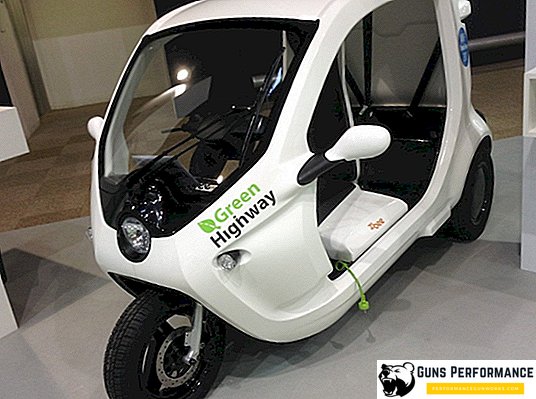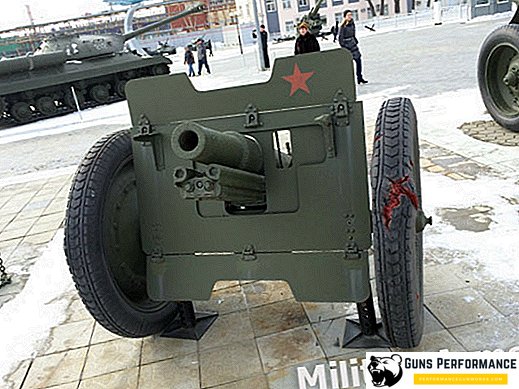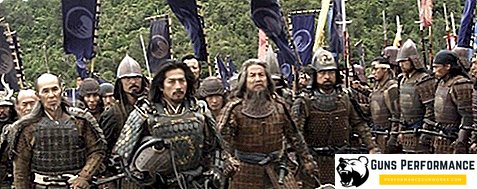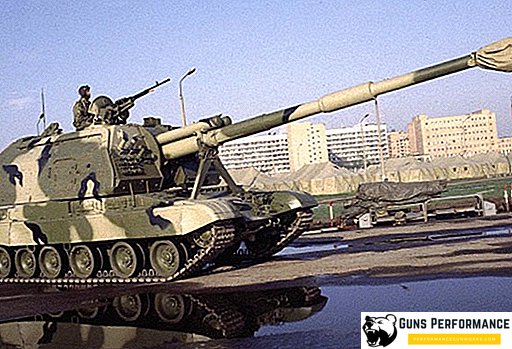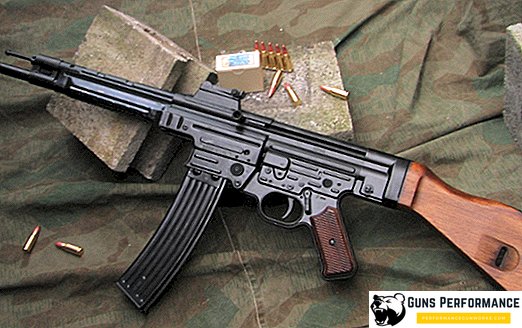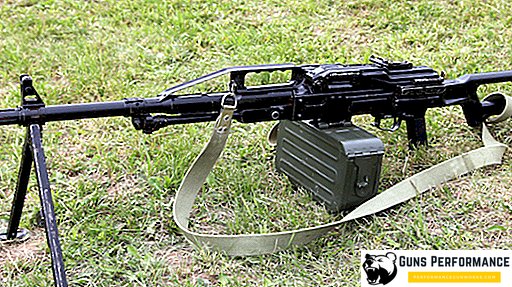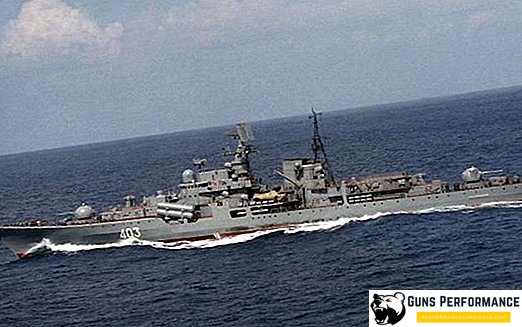Concern General Motors has developed a cargo platform "SURUS" with unmanned control system. Engineers optimized dimensions, removing the cab and forming a four-wheel system, controlled by autopilot. It is possible to equip the closed body and additional modules.
The automated platform is suitable for operation in any conditions, including places of man-made disasters. The equipment works on hydrogen fuel, the system is created in close cooperation with the concern Honda. There is a separate electric drive for each of the wheels.

Due to this, there is a possibility of independent switching from hydrogen fuel to electricity. It is assumed the subsequent operation only on the electric burden, however, testing is carried out in a hybrid format. Battery charge is enough to overcome 600 km in any type of terrain. The platform is adapted for carrying cargo and testing unmanned technologies of General Motors Corporation. It assumes the use of technology for government and military purposes.
Platform Benefits
The concern has created a universal mechanism characterized by interchangeable add-ons, such as Hy-Wire or Autonomy. Previously, the technique was used for the manufacture of standard passenger cars, and now it has been used for the production of scalable heavy equipment. Interpretation of the abbreviation SURUS, means: a silent utilitarian all-terrain vehicle with a system of superstructures. Manufacturers identify several key aspects that characterize the platform:
- environmental safety of fuel;
- absolute noiselessness;
- low thermal signature;
- exhaust gases are absent;
- increased permeability.
SURUS was first presented at the AUSA Army Conference, however, the manufacturer of the trolley is positioned as universal and can be used in the civil, commercial sphere. Engineers suggest using the vehicle as a vehicle for repair crews or ambulance for off-road driving.
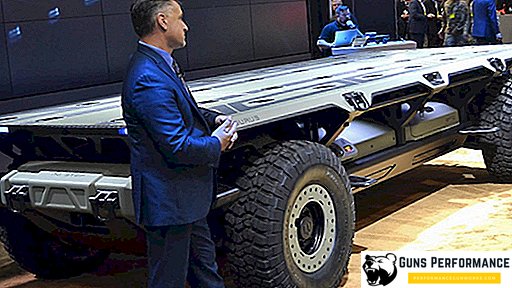
Technical and Functionalities
The platform is equipped with a lithium battery, and charging from the network is performed through the high-speed port. The unit can be powered by external fuel cells or its own battery. The design provides several types of outlets, designed for different voltages. Fuel cells generate steam, the condensation of which allows water to accumulate to support the field camp.
The technique is characterized by all-wheel drive and separate control of each wheel. The manufacturer has not yet disclosed aspects of the announced advanced suspension. Equipped with SURUS power advanced electronics and fuel cells made by the technology of Hydrotec and belonging to the second generation. If hydrogen is used as a fuel, then one refueling is enough for 400 miles.
The main advantage is autonomy, which allows building a transport self-propelled module on the basis of the platform, a power station demanded in emergency situations. Engineers assure SURUS’s ability to move beyond the leader in unmanned vehicle mode, thereby reducing personnel costs. The chassis can be done more by forming a full futuristic truck.
Military applications
The fuel system used contributes to the conversion of hydrogen supplied in gaseous form for manipulating electric motors. The technical capability allows generating up to 100 kW of energy. The representative of the concern Kari Dolph, who manages the TARDEC programs related to fuel cell vehicle research, describes the product as follows: "The platform is suitable for configuration for various needs, including delivery of cargo, military personnel and reconnaissance unmanned vehicles."
The representatives of the army point out a number of advantages of know-how, which make it possible to obtain benefits in real combat conditions:
- silent power generation;
- flexibility in the requirements for storage and generation of fuel;
- low heat generation.
The development of the platform is carried out in the framework of the implementation of a new concept related to the rejection of gasoline and diesel engines. The concern plans to produce cars that do not pollute the environment with harmful emissions. It is planned to release by 2023 line of vehicles, including 20 models. The development of SAURAS continues with the introduction of new conceptual elements that increase the efficiency of use.


